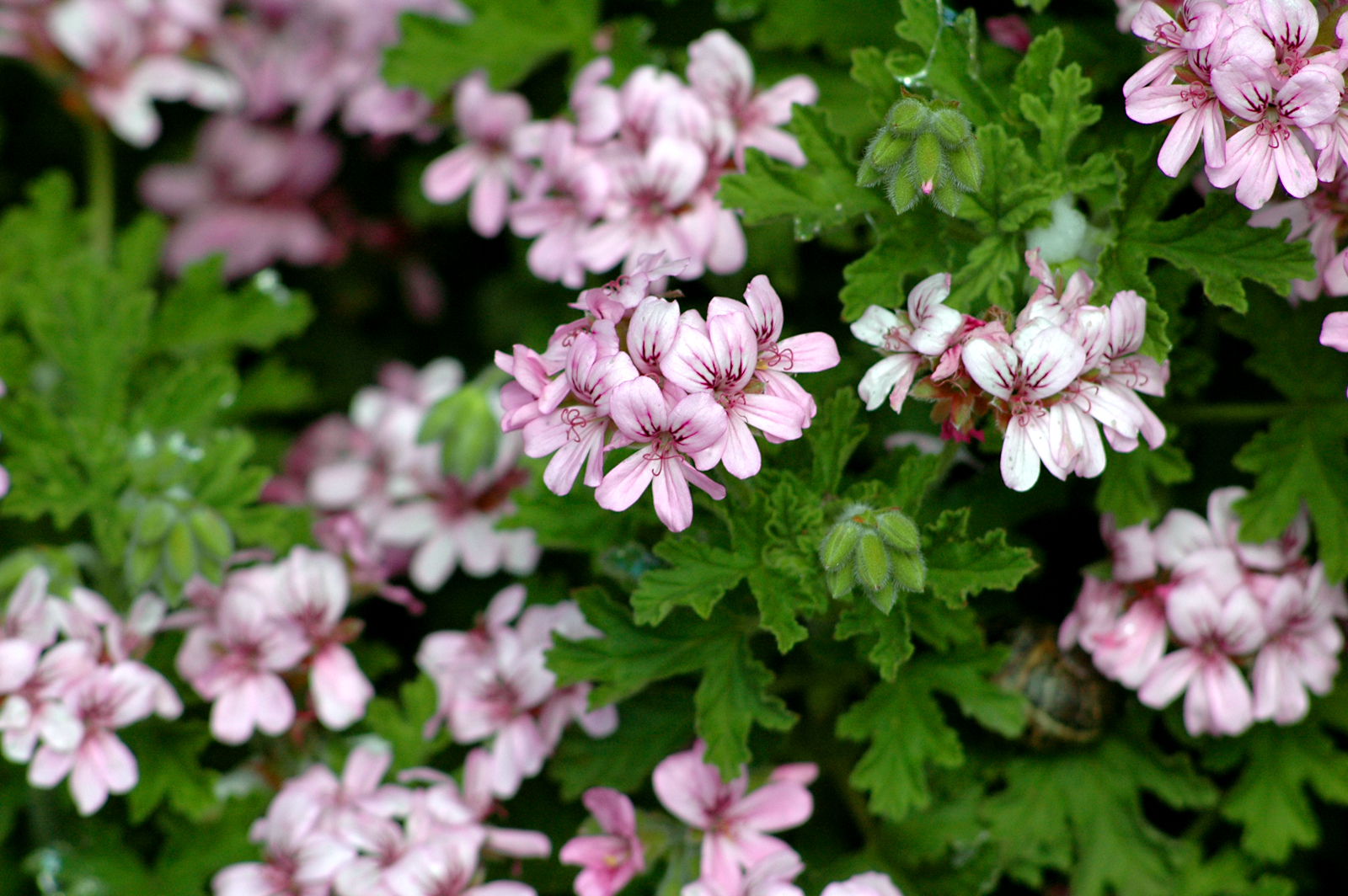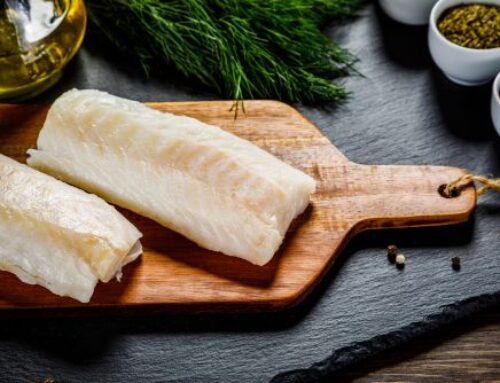Escorting civilizations before, during, and after the ancient Greeks, geranium continues to be used for its lingering fragrance and amazing healing properties. Pelargonium graveolens is one of the many fragrant species of Pelargonium used as a source of geranium oil. Geranium was regarded as an excellent healing agent that assisted in the body’s repair of cuts and bone fractures. It was also used by the North American Indian tribes who drank a tea made from the powdered roots of the plant to help combat dysentery (severe, often bloody diarrhea, vomiting and fever), untreated cuts, and ulcers. The woody, perennial herb is native to South Africa and is produced in Egypt, France, Algeria, Morocco, and Spain.
Pelargonium graveolens has also been recorded in Zimbabwe. The geographic source of an aromatic plant is an important consideration in selecting an essential oil. Climate, soil fertility, and the time of harvest are all important factors affecting the quality of the oil. This is particularly the case with geranium oil.
The geranium plant flourishes in mild and subtropical climates. Actual time of harvesting is dependent on the stage of plant growth, and the scent of crushed leaves should turn from a lemony to a rose scent. Only leaves and young shoots should be used because this is where most of the oil is derived and harvesting wet plants will cause poor oil recovery during distillation. The herb is cut in the morning in sunny, dry weather. Distillation begins after a few hours of field drying. There are several types of geranium oil, the main ones being Reunion or Bourbon, Algerian, Moroccan, and French. A true Bourbon type available from Reunion is considered the best oil derived from it and receives a premium price in the market.
The Benefits:
Geranium oil has antifungal, antiseptic and bacteria properties making it a good choice for cuts and sores. The oil can stop bacteria from growing on the skin. To do this, rub 2-3 drops of geranium oil onto the affected area and cover it with gauze; you can repeat this remedy twice a day until the wound or cut is healed. Looking for a natural diuretic? Choose geranium oil – it increases the amount of urine your body is producing. As a result, it can help your body flush out excess minerals like potassium and sodium.
In skin care, the oil cleanses the complexion with its monoterpenoid compounds, geraniol and citronellol. Both of these are effective fighters against bacteria that cause breakouts, so geranium oil will keep your skin clean and looking healthy. Furthermore, these two compounds are packed with antioxidants (antioxidants are chemicals that transfer electrons or hydrogen from a substance to an oxidizing agent so they can prevent or slow down cell damage). Antioxidants protect the skin by controlling the production of free radicals, which is the main reason for damage or death of a cell. Antioxidants work in skincare products by reducing the signs of aging. Also, geranium oil is a natural astringent that works to reduce wrinkles by tightening the skin, plus a powerful cicatrizant (promotes healing through the formation of scar tissue), so it helps the scars and other spots on the skin fade naturally and fast. It facilitates blood circulation just below the surface of the skin and also helps promote a uniform distribution of melanin.
The most important reason geranium oil should be included in your aromatherapy kit is it heals the inner being. In regard to the emotional system, it is well documented to help with depression, irritability, nervous tension, and all forms of unhealthy emotions. It is a tonic, meaning it strengthens the body’s immune system, helping fight off the blues. It is a valuable oil for all but is known as the ‘woman’s oil’ because it brings hormone levels back to normal, eliminates many PMS and menopause symptoms. Also, geranium oil is valued in the perfumery industry and is often used to fragrance perfumes. Because it can be used as a natural perfume, it really is one of the best oils to have around.
Did you know? European gardeners in the 1600s planted geraniums to protect themselves from evil spirits.
Quick Facts
Pelargonium is a Greek word derived from Palargos meaning “stork.”
There are about 700 different varieties of geranium, yet only 10 of these supply essential oil in applicable quantities.
Recipes/Quick Tips
Geranium Toner
1 cup witch hazel (Thayers, is a good brand.)
15 drops geranium – Pelargonium graveolens
Combine ingredients in a glass jar. Shake well.
To use: Pour toner on round cotton pad and apply to face.
Facial Cream
3 drops frankincense – Boswellia carterii
3 drops neroli – Citrus aurantium
3 drops geranium – Pelargonium graveolens
– Blend essential oils into ½ ounce of your favorite fragrance free facial moisturizer. Use when needed.
– Diffuse geranium to relax, and to create a positive and healing space.
– Use 3 – 4 drops of geranium in direct palm inhalation to uplift the mood instantly.
Safety
– Do not take any essential oils internally.
– Do not use essential oils undiluted on skin.
– Test diluted essential oils on skin area before general use.
– Use photosensitizing essential oils cautiously. (i.e. lemon, lime, grapefruit)
– Consult with a health practitioner before use if pregnant, nursing, suffering
from any medical condition, or taking medication.
– Keep essential oils out of reach of children
– Do not use essential oils internally.
– Less is more – don’t overuse essential oils.
References (5)
1. Valerie Ann Worwood, The Complete Book of Essential Oils and Aromatherapy, 1991
2. Battaglia S. The Complete Guide to Aromatherapy, 2nd edition,
The International Centre
of Holistic Aromatherapy, Australia, 2003
3. Keville, K. Aromatherapy, A Complete Guide to the Healing Art, The Crossing press,
USA, 1995
4. Mojay G. Aromatherapy for Healing the Spirit, Henry Holt and Company Inc.,
England, 1996
5. Tisserand R. The Art of Aromatherapy, Healing Arts Press, USA, 1977
Aromatherapy Thymes magazine at barnesandnoble.com
http://instagram.com/aromatherapythymesmag
http://twitter.com/atmagazine





Leave A Comment